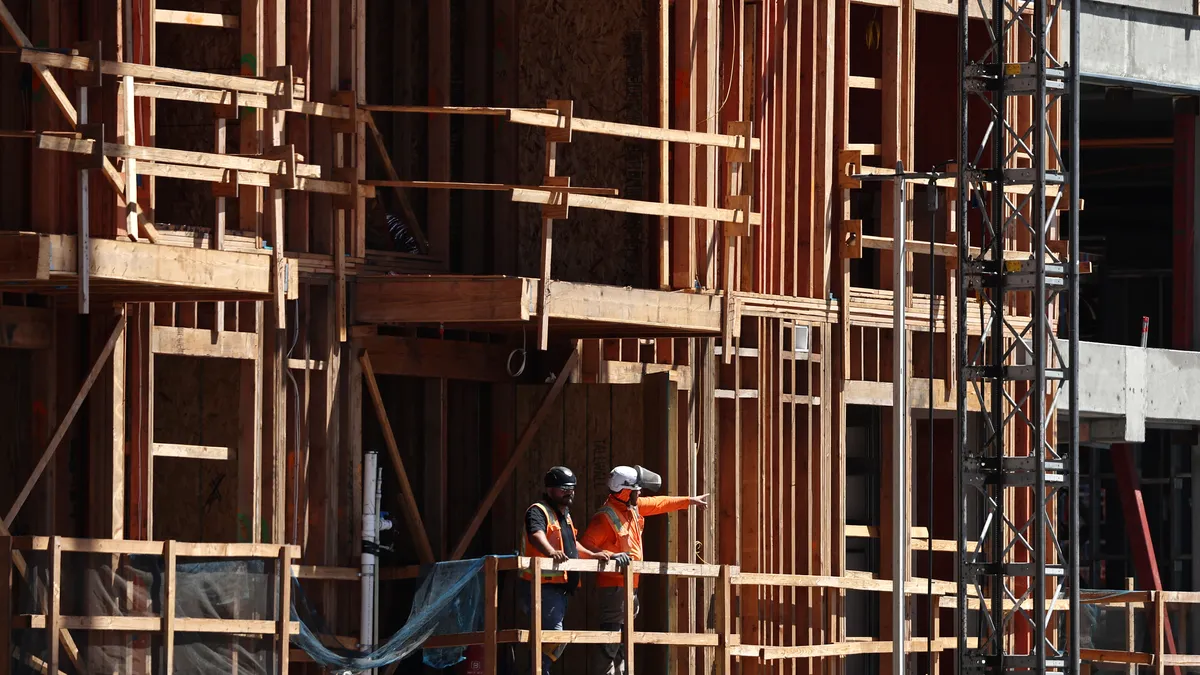Dive Brief:
- The U.S. Chamber of Commerce has released a report, Beyond 34: Recycling and Recovery for a New Economy, aimed at increasing the average 34% recycling rate in the United States. The goal is to help cities and businesses create more sustainable futures.
- The report provides a scalable model to improve recycling rates based on a public-private pilot conducted in the Orlando, FL region, which began in September 2017. Consulting firm RRS developed a recycling gap analysis for the region to keep materials with value out of landfills, determining about $62 million of valuable materials could be recovered there each year. The communities could save an additional $22 million each year on their current expenses for landfilling and incinerating recoverable materials.
- The report offers numerous recommendations as well as recycling program best practices on six topics: collection, processing, end markets, education, policy and partnerships.
Dive Insight:
Researchers' analysis of Orlando led to conclusions and advice repeatable in other municipalities who aim to improve recycling rates. A recurring theme is that greater recycling can boost local economies in a number of ways, such as reducing landfill costs, creating jobs and capturing the value of recoverable materials instead of landfilling them. The report notes the total cost of lost recyclables in the Southeast United States has an estimated value of $721 million and a disposal cost of $220 million.
While some action items include looking for non-local recyclable materials markets, others relate to adding and upgrading local infrastructure and manufacturing processes to create a better recovery and recycling system and ultimately, a closed-loop program through which new products are made. That's an expensive endeavor, but partnerships are considered a solid way to create a comprehensive program while keeping costs in check.
Individual municipalities do not have to tackle recycling alone, but rather might achieve greater success by developing a regional plan with surrounding communities. Recommendations also strongly point to relying on public-private partnerships for successful recycling program implementation, especially for actions such as MRF upgrades and operations and organizing a recycling champions network.
Both neighboring communities and private partners can assist with developing educational campaigns, which are recommended because improved education on the topic leads to better recycling. Cities should expect to spend about $1 per household on educational campaigns, or $3 to $4 per household if the campaign addresses changes to an existing recycling program. Again, partnerships can help individual cities defer some of the costs of developing such campaigns.
Researchers recommend that municipalities be mindful of the changing recycling stream, notably an overall increase in product packaging as well as more cardboard boxes coming from the e-commerce boom. Packaging is a particular sticking point because much of it cannot yet be successfully recycled. According to the report, right now only about 70% of the U.S. waste stream is able to be recycled or composted.












